Meat and bone meal (MBM)
Meat and bone meal is the dried and rendered product from mammal tissues. It does not contain horn, hair, hide trimmings, manure, stomach contents, added blood meal or poultry by-product. The calcium content should not be more than 2.2 times the phosphorus content. A calcium content higher than this indicates additional calcium from a source other than bone.
The protein in meat and bone meal is degraded relatively slowly in rumen.
Meat bone meal can be fed as a protein source. It may be included in the grain mix at a rate of up to 5 percent or fed at up to 1 ½ pounds (0.68 kg) per cow per day. It is not very palatable and should be introduced into the ration gradually.
Typical AnalysisDry matter92 %Crude Protein50.0 %Fat09.5 %Crude fiber02.5 %Neutral Detergent Fiber— %Acid Detergent Fiber— %Calcium10.1 %Phosphorus04.8 %Total Digestible Nutrients65.3 %Net energy—Lactation68.1 Mcal/100 lbs

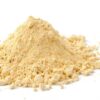
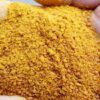
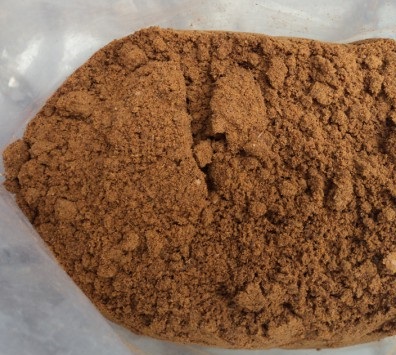
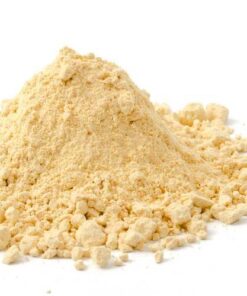
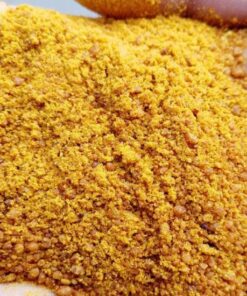

Reviews
There are no reviews yet.